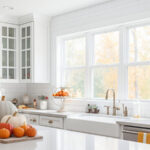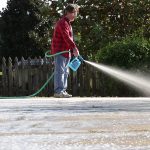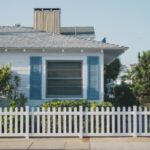The Difference Between Mold and Mildew + How to Get Rid of It
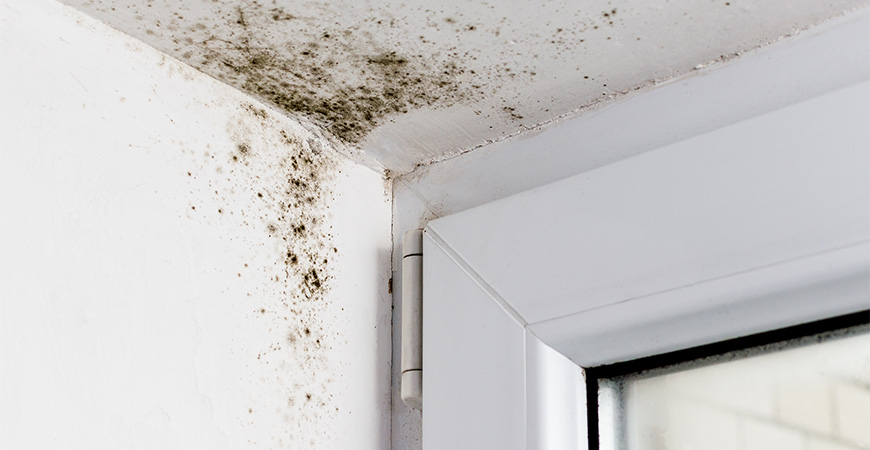
The words “mold” and “mildew” are often viewed together. And although they both show up on household surfaces, it can be hard to tell the difference between the two.
Here, we’ll learn the difference between mold and mildew, and how to prevent ugly indoor and remove outdoor growth with Wet & Forget.
What’s the difference between mold and mildew?
Mold and mildew, however, are similar. Mildew is a type of mold.
Both are considered fungi and thrive in moist environments. Both will easily grow on indoor and outdoor surfaces and if left untreated, can cause problems with your home and your health.
What is mold?
Mold is a type of fungus, which grows from microscopic spores. When mold grows, it forms a cluster-like appearance.
Certainly, in nature, mold is essential to the ecosystem and is found outdoors thriving on organic matter such as fallen leaves and trees. In nature, mold assists with the decomposition of plant material, which provides vital nutrients to the forest floor.
Although mold is important to the natural environment, mold can be harmful when it grows indoors. If left untreated, it can cause cosmetic and structural damage to home surfaces.
Furthermore, mold thrives in warm, damp rooms such as bathrooms, basements, and laundry rooms.
What does mold look like?
Mold appears as fuzzy, irregular spots on household surfaces. The spots may be blue, green, brown, black, white, yellow, or gray.
If left untreated, mold can grow to damage household surfaces.
Does mold smell?
Nonetheless, mold can smell. When it does, the odor is often described as “musty”. As mold grows, it sends off gases known as MVOCs.
The odor you smell isn’t just from mold but also due to organic compounds released into the air.
What is mildew?
Mildew is a type of mold that thrives on moist, flat surfaces. Mildew’s preference for even surfaces is one of the main differences between the two growths.
In nature, mildew can be destructive to plants and farm crops. Like mold, mildew can damage household surfaces but the harm is more cosmetic than structural. Mildew is considered less harmful and easier to treat than mold.
Mildew is often found in shower walls, on windowsills, or in any spot where humidity and moisture are present. Similar to mold, mildew requires warmth, oxygen, and damp, dark conditions to grow and reproduce.
What does mildew look like?
The two most common types of mildew are called downy mildew and powdery mildew. Downy mildew starts out yellow in color but eventually turns brown.
Powdery mildew starts out white but then turns brown, black, or yellow. Both mildew types appear as flat growths on household surfaces.
Does mildew smell?
Similarly to mold, mildew emits a musty smell. Check your home’s surfaces to determine if you have mold, mildew, or both.
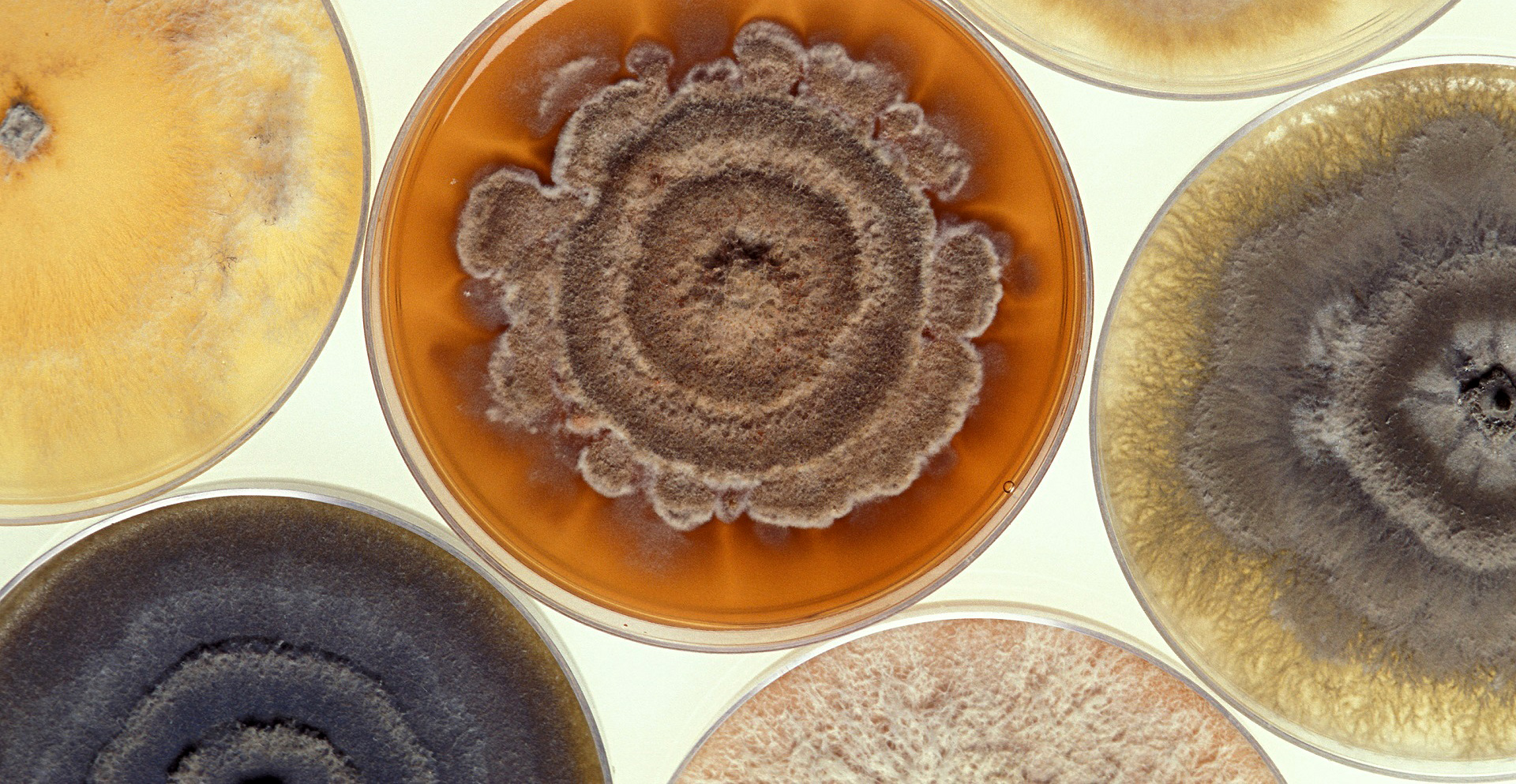
Can mold or mildew affect my health?
Exposure to mold spores can cause respiratory allergic symptoms in some individuals including:
- Sneezing
- A runny or stuffy nose
- Itchy eyes, nose, or throat
- Dry, scaly skin
If you aren’t sensitive to mold, you may not know that you have indoor mold until you smell it or see it.
If you have asthma or allergies, you may be especially sensitive to mold as it can aggravate allergy symptoms. Mold exposure may cause:
- Coughing
- Shortness of breath
- Wheezing
- Tightness in the chest
Your symptoms may vary in intensity according to your age and your overall health.
Exposure to mildew can also present health risks, but not as severe as mold.
Mildew exposure can cause respiratory problems including:
- Wheezing
- Eye, nose, or throat irritation
- Nasal and sinus congestion
- Headaches
If left untreated, mildew will continue to grow and your allergy symptoms may worsen.
How can I prevent mold and mildew from growing indoors?
Wipe down and dry any damp household surfaces after use. The humidity and moisture present in bathrooms, kitchens, laundry rooms, and basements make these rooms particularly prone to mold and mildew.
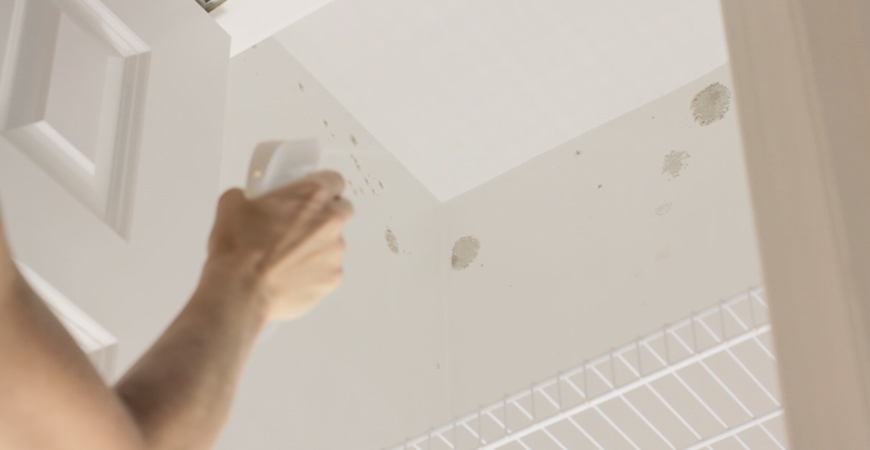
Wet & Forget Indoor Mold+Mildew Disinfectant Cleaner is a great tool to have on hand. It cleans, deodorizes, and disinfects household surfaces! Plus, it also inhibits nasty mold & mildew growths on hard non-porous surfaces in bathrooms, kitchens, laundry rooms- or any room in your home!
Wet & Forget Indoor packs a powerful punch to:
- Sanitize indoor soft surfaces
- Eliminates tough kitchen grease and grime on stoves and countertops
- Stamps out smelly garbage can odors
- Inhibits the growth of mold and mildew with no nose-irritating bleaches or fumes.
- Gets rid of musty smells.
Continuing, routinely inspect your home for signs of mold and mildew. The sooner you identify it, the quicker you can rid your home of these ugly, smelly, potentially hazardous fungi.
When renovating your home, insist on mold-resistant products like mold-resistant drywall, mold-resistant sheetrock, and paints that contain a mold inhibitor.
To find Wet & Forget products at a store near you, click here. You can also send us a message here. Or, give us a call Monday through Friday, 8:30 a.m.-5 p.m. CT: 888-727-8524.
Image courtesy of Toshiyuki IMAI


